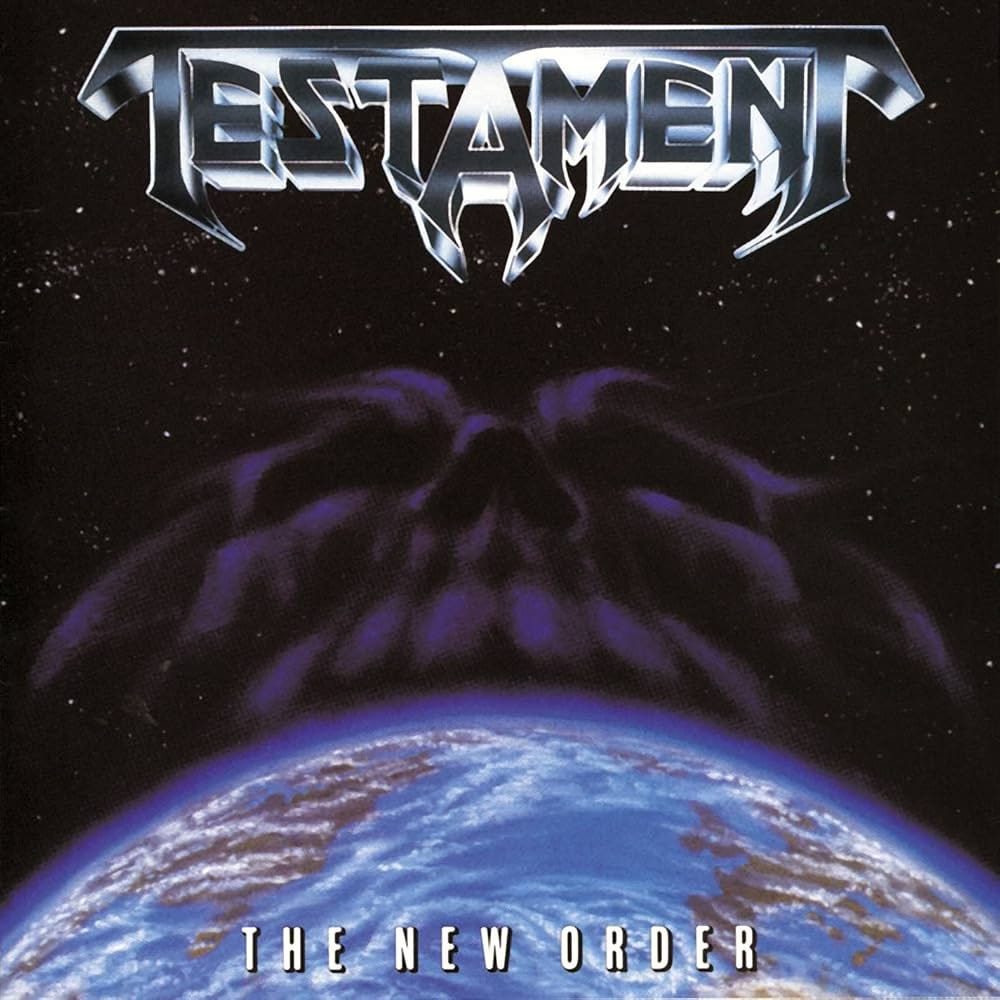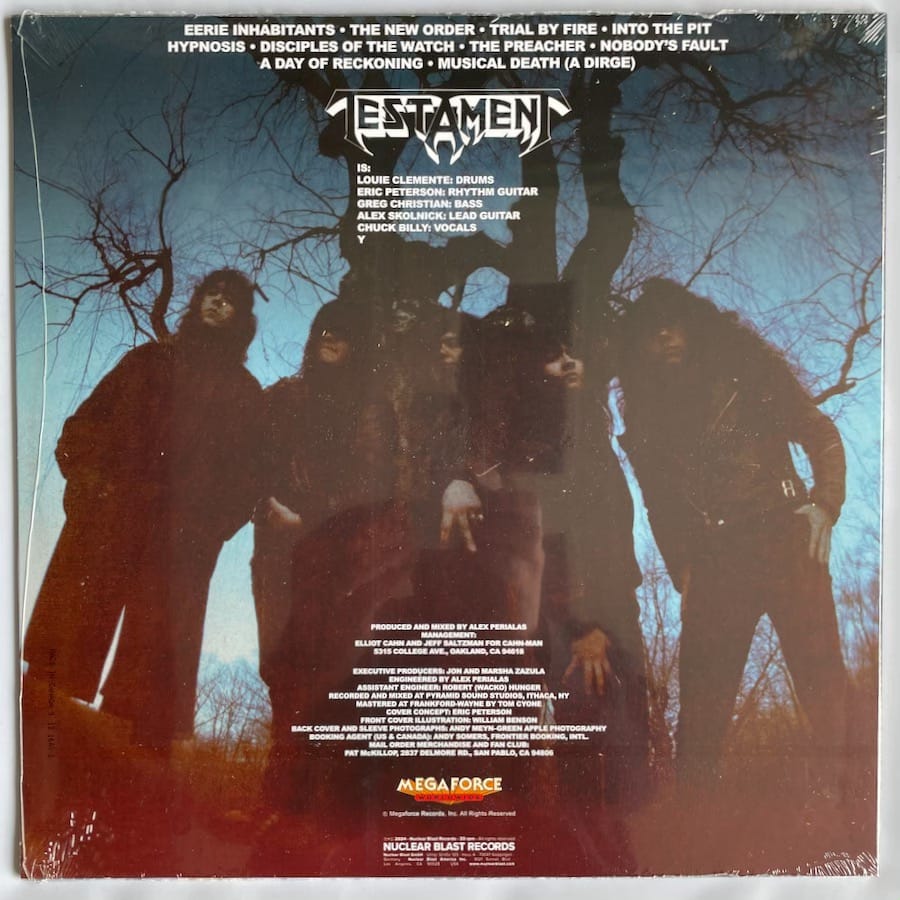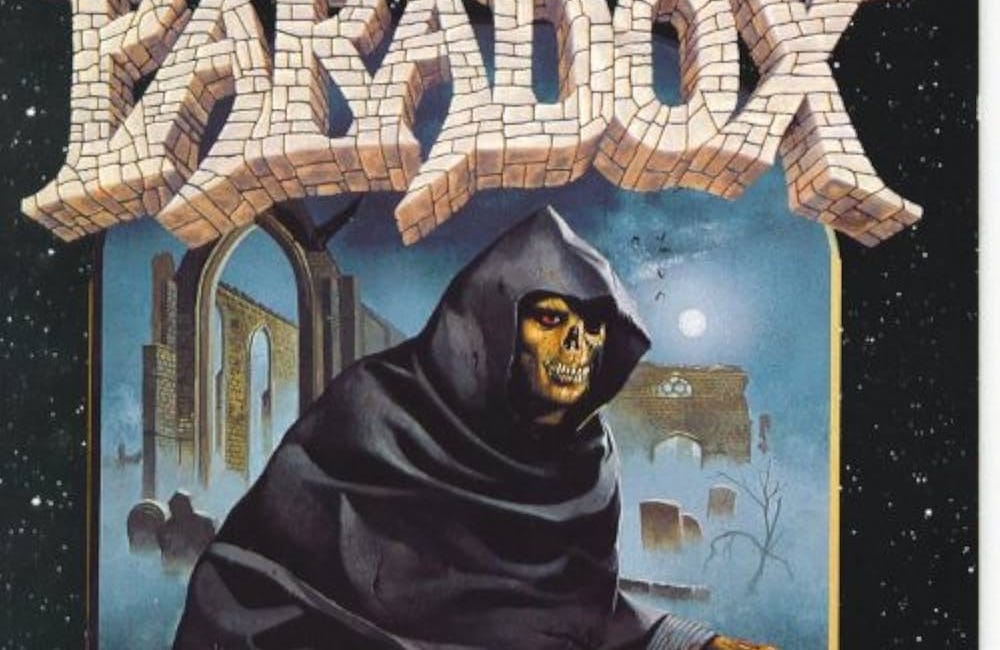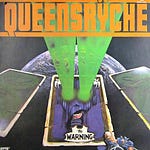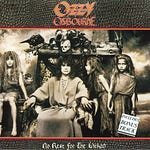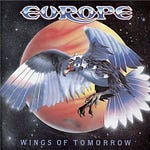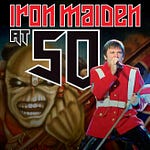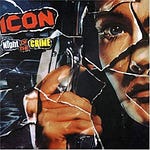This month’s 80s Metal poll came down to four killer picks from the Metal Union: Anthrax’s Among the Living (suggested by Keith Miller), Blackfoot’s Marauder (Marmaduke’s pick), Motörhead’s Ace of Spades (Gavin Reed’s choice), and Testament’s The New Order (courtesy of Patrick Testa).
Testament took the crown with 39% of the vote. Motörhead came in a surprisingly close second with 29%, Anthrax grabbed 23%, and Blackfoot rounded out the field with 10%. The fact that Motörhead didn’t win shocked the hosts—but Testament’s 1988 thrash masterpiece clearly resonated with the Metal Union.
Want your pick featured on a future episode? Suggest an album you think deserves the deep dive treatment. Whether it’s an obscure gem or a classic that’s been overlooked, we want to hear what album speaks to you. Join the Metal Union, vote on monthly polls, and help shape the conversation—because this podcast is built by fans, for fans.
The New Order wasn’t supposed to happen. Testament had barely finished touring behind their debut when the label demanded another album—immediately. No songs written, no preparation, just pure pressure and deadline panic. What emerged from those frantic sessions in early 1988 became a thrash metal masterclass that still hits harder than most bands’ entire catalogs.
You’ve heard the Metallica comparisons. Everyone makes them. But here’s the thing—while Chuck Billy’s vocals nod to James Hetfield’s bark, this record quickly carves out its own identity through sheer technical prowess and an almost obsessive attention to songwriting craft. At 19 years old, guitarist
was already playing circles around his thrash contemporaries, laying down solos so precise you could hear every single note despite the blazing speed. This wasn’t sloppy shred for shred’s sake—this was classical training meeting thrash aggression, creating something that felt both cerebral and brutal.The Panic That Built a Classic
The story behind this album reads like a thrash metal fever dream. Testament wrapped their first tour cycle, exhausted and creatively tapped, when Megaforce and Atlantic came knocking. Write an album. Record it. Now. The band scrambled, composing most of The New Order in the studio with producer Alex Perialas—the same guy who’d shaped Anthrax’s sound. When they finally thought they were done, they discovered their contract mandated a minimum 40 minutes of music. They’d come up short.
Enter the instrumental interludes and the Aerosmith cover. What could’ve been filler became some of the album’s most compelling moments. “Hypnosis” showcases Skolnick’s jazz influences through two minutes of melodic guitar work that gives your ears a breather before “Disciples of the Watch” comes roaring back. The cover of “Nobody’s Fault” transformed Brad Whitford’s groove-driven classic into something heavier and meaner, proving Testament could honor their influences while making them unmistakably their own.
Precision Over Chaos
What separates The New Order from the thrash pack is restraint. While other bands were drowning listeners in relentless double-time fury, Testament understood dynamics. Songs like “Trial by Fire”—the album’s lone single—build tension through clean guitar passages before exploding into riff-driven mayhem. There are moments where the guitars drop out entirely, leaving just bass and drums to hold the groove, a rarity in thrash that gives the music room to breathe.
Alex Skolnick’s playing deserves its own paragraph. His sweeping technique, scale work, and vibrato brought a sophistication to thrash that felt almost out of place—in the best way. Every solo has a melodic throughline, weaving classical influences into the chaos without ever losing the aggression. On “Disciples of the Watch,” his solo ascends the fretboard with surgical precision, notes ringing clear even at breakneck speed. Guitar magazines praised him endlessly during this era, and listening now, you understand why.
The rhythm section locks in like a vise. Greg Christian’s bass actually gets moments to shine—something conspicuously absent from Metallica’s …And Justice for All, which dropped the same year. Louie Clemente’s drumming is tight and varied, knowing exactly when to throttle forward and when to pull back into a groove. This album wants you moving, not just headbanging—it gets into your feet, makes you tap patterns, engages your whole body.
Anthems for the Pit
“Into the Pit” clocks in under three minutes but has been played live over 600 times since. It’s Testament’s most-performed song, a rally cry that turns every venue into a churning mosh pit despite the fact it’s not actually about moshing at all. The gang vocals—“Get to the pit!”—became a live staple, giving audiences something to scream back at the band.
Then there’s “The Preacher” and “Disciples of the Watch,” two thrash monsters that still anchor Testament’s setlists decades later. These tracks showcase the band firing on all cylinders: precision riffing, blistering solos, Chuck Billy’s vocals shifting from melodic to aggressive, and rhythms that refuse to let you stand still. The backing vocals add an anthemic quality that made Testament more accessible than some of their more abrasive peers without sacrificing any heaviness.
The Voice That Kept Evolving
Chuck Billy was 26 when The New Order hit, still finding his vocal identity. You can hear him working through it—the Hetfield influence is undeniable early on, but by mid-album he’s exploring different cadences, mixing aggression with melody in ways that would define his career. In later interviews, Billy admitted he didn’t find his true vocal comfort zone until The Gathering in 1999, when he fully embraced blending his death metal growl with melodic phrasing. But on The New Order, you hear the foundation being laid: a vocalist who understood dynamics, who knew when to unleash fury and when to pull back.
His voice would evolve dramatically over the decades—from the clear, high thrash style of the late ‘80s to the deeper, death metal-influenced growl of later albums. But the seeds of that versatility are here, in moments like the high scream on “The Preacher” or the more expressive delivery on “Nobody’s Fault”.
A Record Built Under Pressure
The New Order peaked at #136 on the Billboard 200—impressive for a thrash album outside the Big Four—and sold over 250,000 copies in the US. It charted in Europe too, hitting the top 50 in the UK and cracking the top 12 in Finland. MTV’s Headbangers Ball gave rotation to “Trial by Fire” and “Nobody’s Fault,” expanding Testament’s reach beyond the tape-trading underground.
The album earned Testament a spot on the Monsters of Rock festival in Germany alongside Metallica, Van Halen, and Scorpions. Not bad for a band that wrote most of the record in a panic. While it never achieved gold certification and didn’t win major awards, its influence rippled through the scene. Bands like Lamb of God and Trivium cite it as essential listening.
The Big Five
If the thrash pantheon had room for one more, Testament would slot right in. They arrived just a couple years after the Big Four solidified their reputations, but the quality was there. Testament became part of what some fans call the “Big Eight” or the “Bay Area Big Six,” depending on who’s counting. In a 2021 fan poll, they were voted the #1 non-Big Four thrash band. The New Order is a huge reason why.
The album’s 39 minutes (or 40, depending on the vinyl pressing) don’t waste a second. Every track serves a purpose, whether it’s the atmospheric opener “Eerie Inhabitants” with its galloping verses and clean guitar intro, the title track’s manic energy, or the instrumental “The Dirge” closing things out like a funeral march for musical death. Even the remastered version, which brings the bass and drums forward in the mix, only enhances what was already there.
Testament’s Defining Statement
For fans who discovered Testament through later albums like Practice What You Preach or The Ritual, The New Order represents something rawer and more immediate. It’s the album where Testament found their sound—melodic but heavy, technical but accessible, aggressive but groovy. They weren’t trying to be Metallica or Slayer; they were trying to be Testament, and for 39 minutes they succeeded beyond what should’ve been possible given the circumstances.
Decades later, the album still holds up. The guitar work remains astonishing, the songwriting sharp, the energy relentless yet controlled. It’s a record born from panic that sounds carefully crafted, proof that sometimes the best art comes from impossible deadlines and last-minute scrambles. Testament delivered when they had every reason to falter, creating a thrash classic that proved the Bay Area scene had more stories to tell, more riffs to unleash, more fury to channel into 40 perfect minutes of metal.
The New Order remains essential not just for thrash historians but for anyone who wants to hear a band finding themselves under fire and emerging with one of the genre’s finest statements. Nearly four decades on, it still commands the pit.
Songs in this Episode
Intro - The New Order
17:46 - Eerie Inhabitants
21:17 - The New Order
23:03 - Nobody’s Fault
26:41 - Into the Pit
29:21 - Trial by Fire
32:56 - Disciples of the Watch
Outro - The Preacher
Paradox - Heresy | 80s Metal Revisited
Remember the late ’80s when thrash metal was still underground? Metallica, Megadeth, Slayer, and Anthrax were solidifying their places as the big four of thrash and “The Black Album” hadn’t propelled the genre to the mainstream yet. Amidst these giants, bands like Paradox were also carving their unique paths with blistering riffs and complex composition…
The First Death Metal Album Ever? | 80s Metal Podcast
Ever wonder what happens when a 19-year-old kid locks himself in a Florida studio with nothing but horror movies on his mind and an electric guitar in his hands? You get Scream Bloody Gore, the album that didn’t just start a band’s career—it birthed an entire genre.






